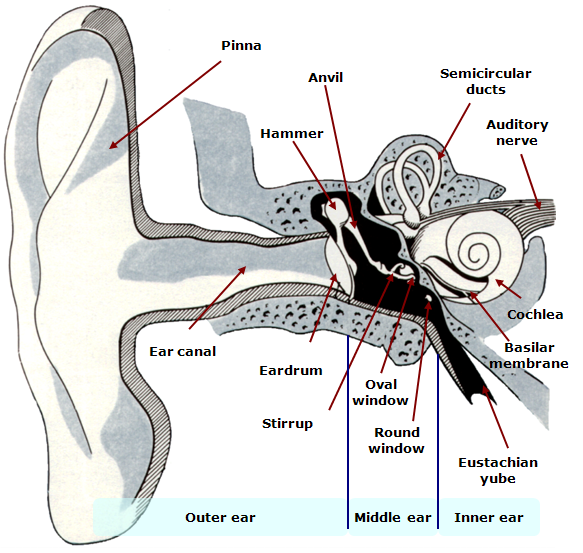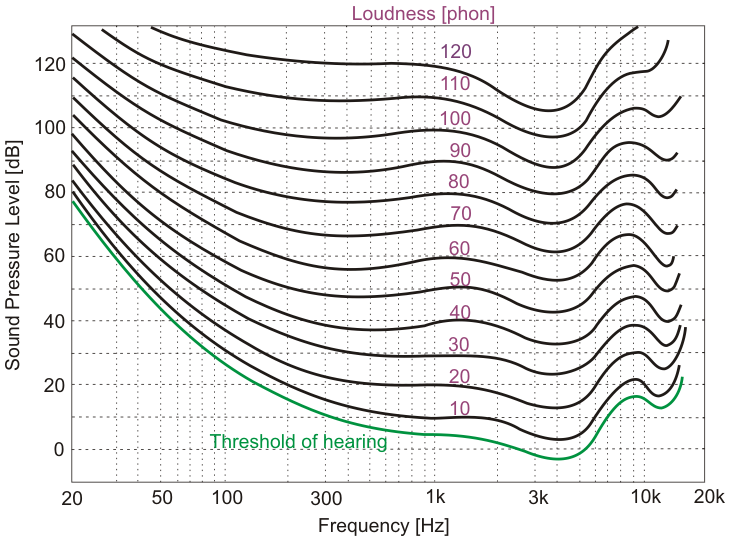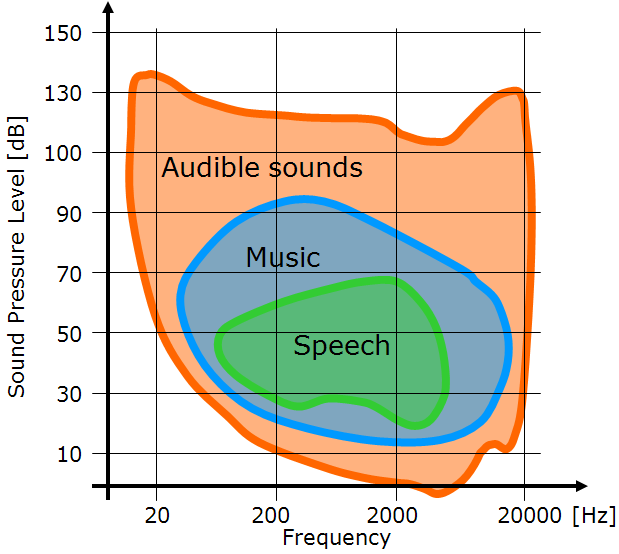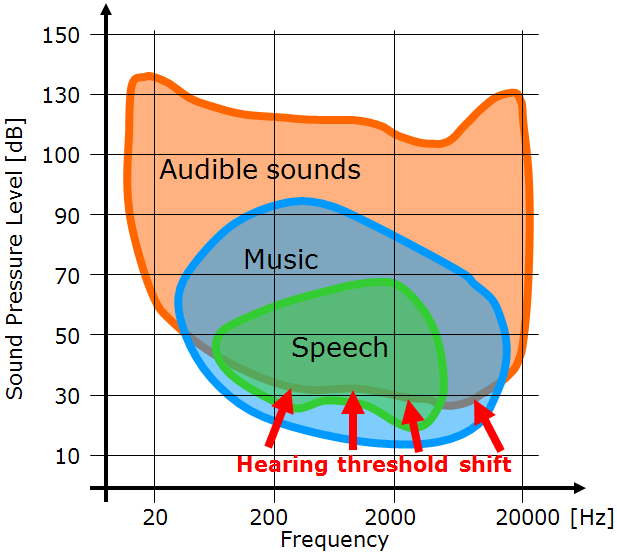Misją Instytutu jest dzialalność naukowo-badawcza prowadząca do nowych rozwiązań technicznych i organizacyjnych użytecznych w kształtowaniu warunków pracy zgodnych z zasadami bezpieczeństwa pracy i ergonomii oraz ustalanie podstaw naukowych do właściwego ukierunkowywania polityki społeczno-ekonomicznej państwa w tym zakresie.

Noise is the most common harmful factor in the work environment. According to data of the Statistics Poland (GUS, Główny Urząd Statystyczny), in 2018, 193.5 thousand employees were working in hazardous noise which accounts for over 46.9% of those employed in hazardous conditions. It should be added that GUS statistics include only enterprises employing 10 or more employees, and it is estimated that the number of workers employed in hazardous noise conditions in enterprises not covered by GUS statistics can be comparable to the number given in the statistics presented by GUS.
EFFECTS OF NOISE ON THE HUMAN
The impact of noise on a human body is primarily related to the impact on the hearing organ. It is an organ with a very complex structure but thanks to it, the weakest sound heard by man has an amplitude of 5,000,000,000 times lower than the average atmospheric pressure. The deflection of the eardrum is then comparable to that of the smallest molecules. At the same time, man is able to tolerate sound pressure millions of times larger. The human ear can be divided into three parts: the outer ear, the middle ear and the inner ear.
The outer ear consists of the pinna and the ear canal closed by the eardrum. The task of the outer ear is to properly transfer vibrations propagating in the air in the form of an acoustic wave to the middle ear. Thanks to its construction, it allows selective strengthening of sounds reaching the ear, which plays a fundamental role in the location of sound sources. It also has a protective function for the eardrum (mechanical protection, ensuring proper temperature and humidity).
The middle ear consists of the eardrum and three ossicles: a hammer, anvil and stirrup. The vibrations of the tympanic membrane are transmitted through an attached hammer to the anvil and then to the stirrup, which is connected to the oval window that forms the entrance to the middle ear. The task of the middle ear and the ossicles in it is to transfer as much acoustic energy as possible from the air to the liquid filling the cochlea, which is one of the basic elements of the middle ear. It therefore plays the role of a system matching the acoustic impedance of the air medium to the impedance of the incompressible fluid in the inner ear. Another additional function of the middle ear is to protect the middle ear from too strong sounds. The auditory ossicles are suspended by means of special muscles in such a way that the stapes can be moved to reduce the coupling of the middle ear with the inner ear and the stapes can rotate with strong stimulation of the tympanic membrane. This phenomenon is called a stapes reflex and protects the inner ear from too strong acoustic vibrations. The time of activation of this mechanism is about 150ms while the duration is about 1.5s. Therefore, it does not protect against impulsive noise.
The inner ear consists of three semicircular canals that decide about the sense of balance and a spirally twisted channel called the cochlea which contains sensory cells sensitive to sound. The cochlea is filled with liquid and is divided into two parts by the basal membrane. The vibrations of the stapes transmitted through the oval window located in the base of the screw cause the liquid to move, which presses the basilar membrane. On the basilar membrane there is the Organ of Corti with rows of hair cells arranged in rows with hair-like structures called stereocilia. When the basal membrane is set in motion by vibrations of the liquid filling the cochlea, the stereocilia are bent and the auditory nerve is thereby stimulated. The nerve impulses produced in this way are interpreted as sound.
The auditory sensation due to sound depends on its frequency and sound pressure level. Fig. 6 shows a typical range of sounds heard by people with normal hearing. The lowest curve corresponds to the quietest sounds a human can hear, hence the so-called hearing threshold. The highest curve corresponds to the sounds that cause pain (the so-called pain threshold).
The main effect of prolonged exposure to loud noise (having high sound pressure level) is the irreversible damage to the hair cells in the Organ of Corti and the associated permanent increase in the hearing threshold (shifting towards higher levels). Damage to hair cells is irreversible and develops gradually over years of exposure to noise. Initially, after 3-5 years of exposure to noise, a shift of hearing threshold is observed for the frequencies of 4kHz and higher. After 5-10 years of working in noise, the shift of the hearing threshold already covers the frequency of 2 kHz. after 10-20 years, the shift of the hearing threshold is already present in the entire frequency range and means advanced deafness.
The basic consequence of the hearing threshold shift is the deterioration of speech intelligibility. Fig. 7 and Fig. 8 schematically show the ranges of sounds corresponding to a typical music signal and speech and range of audible sounds for person with normal hearing (Fig. 7) and damaged (Fig. 8). The shift of the hearing threshold (Figure 8) causes that part of the speech signal (in the range of higher frequencies), important for high speech intelligibility, is beyond the area of audible sounds. Other consequences of hearing loss include problems in assessing the volume of sounds, loss of ability to distinguish sound pitch, and limiting the ability to directional hearing.
The effects of noise on the auditory system depend primarily on the noise level and the duration of exposure. It can be assumed that for noise for which the equivalent sound level A is 85 dB and an exposure time of 40 years (with an 8-hour working day), the risk of hearing loss is 10%. Impulse noise is very dangerous for hearing. The negative impact of continuous noise on the hearing organ may be limited by the previously mentioned stapes reflex. In the case of impulsive noises, the time of activation of this reflex is too high and as a consequence, the acoustic energy reaching the inner ear is not reduced causing faster damage to hearing.








